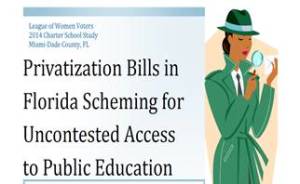Kentucky offers us a peek into the process of drafting bills to enable charter schools. 
It also helps us understand what is meant by granting greater flexibility to charter schools. The Pritchard Committee report has side-by-side comparisons of which traditional public schools regulations would change for charters.
Options drawn from other states are presented but not an analysis of the pros and cons for each approach. For example, is it better to have fewer rather than more authorizers? Are reports of charter vs. traditional public school achievement gains valid? We offer some sources that can enhance the understanding of these issues.Continue reading




